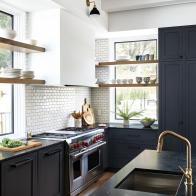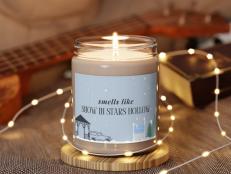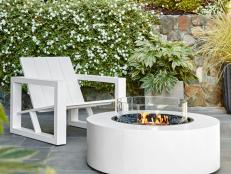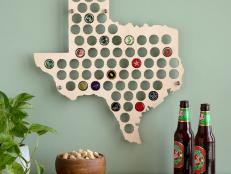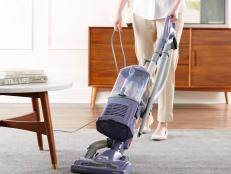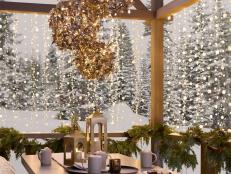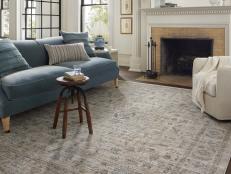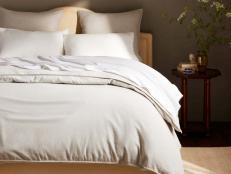Add Style to Your Finished Basement

When you're deciding on a look for your newly finished basement, you may want to extend your above-ground style downstairs or consider indulging your creativity.
Comfortable Flooring
The two main basement flooring concerns homeowners are faced with are the possibility of flooding/moisture issues and the effects of temperature depending on the region in which they live.
"I do a lot of restoration work, as well as flooring installation," says Donna Teagle, general manager for Floor Coverings International. "My perspective is, get an insurance policy to cover your basement and choose flooring that makes it livable." If the floor is cold and uninviting, you will spend less time in the space.
"In my opinion, carpet is 100 percent the best flooring for a basement, because it can fit any budget and any style of decor" says Donna. "If you want your basement to feel like a living room, do a thick pad underneath with a nice thick carpet; if you're creating something that's primarily a play area for the kids, choose a low carpet."
For bathrooms and bar areas where moisture is more likely to become an issue, stick with hard tile and invest in a radiant heat system to keep the floor warm and comfortable.
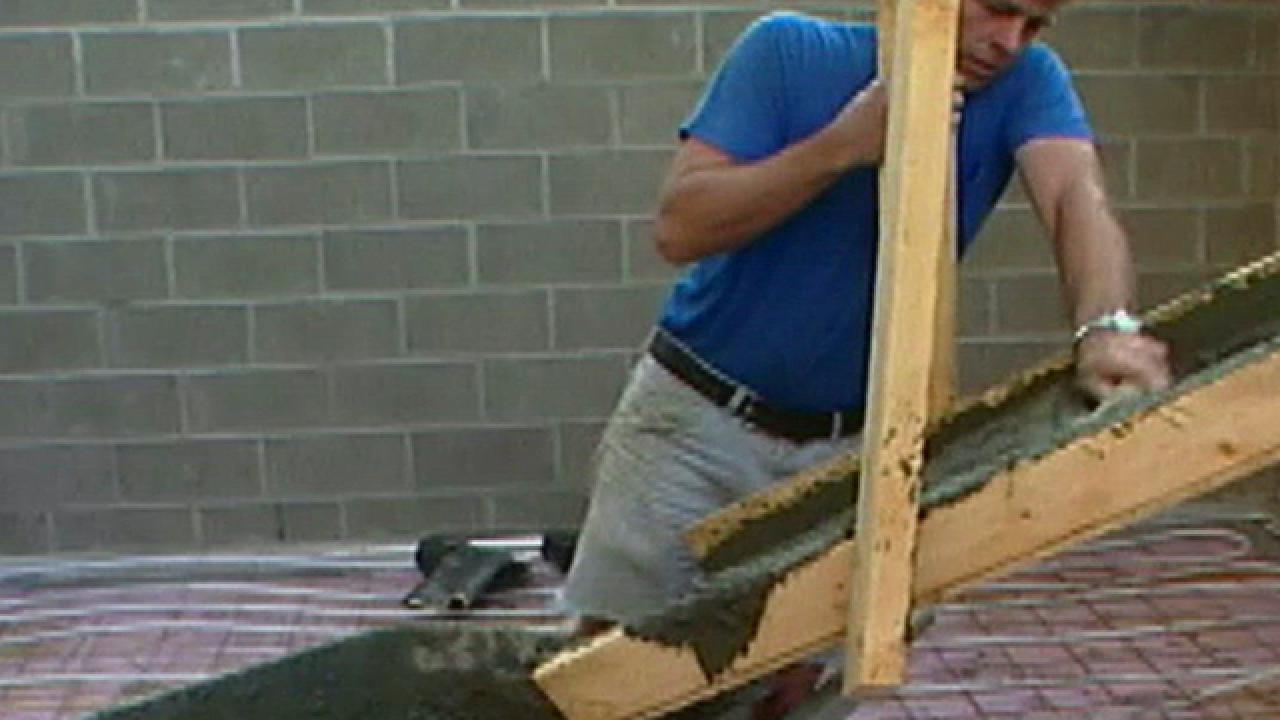
Wood and laminate flooring, on the other hand, should be avoided. They won't survive any moisture. If you want a wood look, you can achieve it with ceramic or porcelain tiles designed to mimic wood patterns. Those tend to be more expensive. If they stretch your budget too far, luxury vinyl plank flooring will work, although you can't install a heating system underneath.
Avoid vinyl sheet flooring. It will feel cold underfoot and moisture will wreck the adhesive used to install it.
Paint Options

Selecting a wall shade can be tricky when there's limited natural light. Paint can appear two or three shades darker on a basement wall than it did on your swatch.
Choose a slightly lighter version of the color you want if your lighting is artificial.
Don't be intimidated by the idea of color in the basement. A rich color is almost always preferable to white, which can look dull without natural light.
Furnishings and Fabric
Basement furniture should be comfortable and functional. "I tend to go for sectionals with center tables," says HGTV designer Lori Dennis. Modular furniture is a good choice for dealing with the odd spatial configurations that basements present. It allows you to change your mind easily about what goes where, as your basement's primary function may change over time.

Ken Hayden
The major design challenge basements present is low ceilings, but don't be tempted to furnish sparsely to give the illusion of more space. "My biggest tip for basements is to fill them up," Lori says. "The furniture should take up a lot of room so that the only space left is walking space." It makes the room feel bigger. Don't be afraid to go big with your furniture, but choose sleek, unfussy pieces such as armless sectionals so the room feels full but not crowded.
You can create the impression of height by adding floor-to-ceiling bookshelves, vertical graphic elements on the walls, hanging divider panels or a fun ceiling treatment.
If you do use fabrics in the basement, you can't go wrong with something antimicrobial such as ultrasuede or a fabric crafted for outdoor furniture. The tougher and more moisture-resistant it is, the longer you'll be able to enjoy it.




